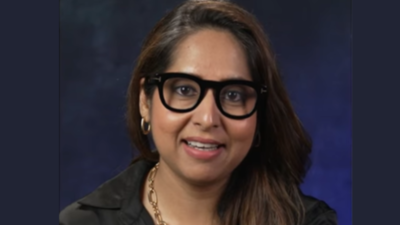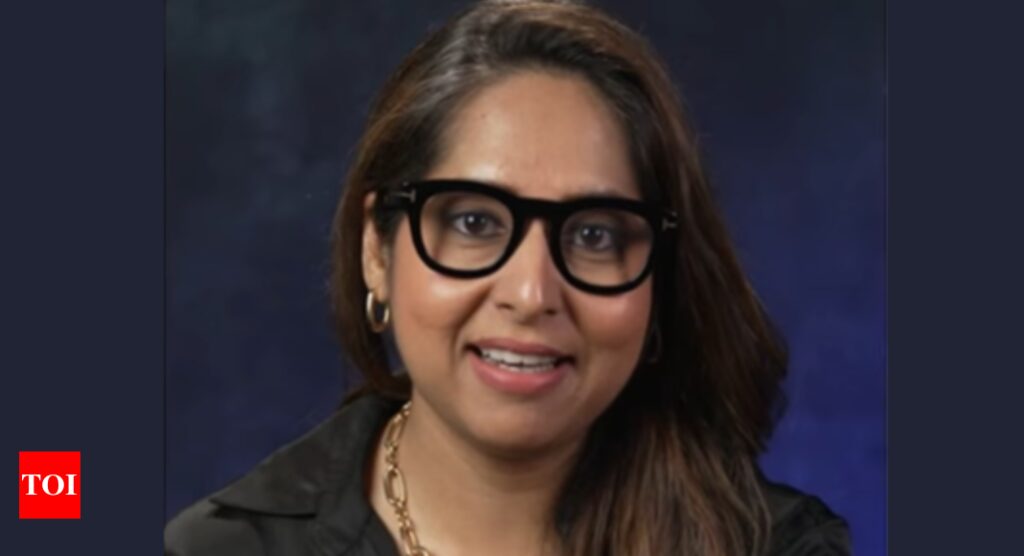
MUMBAI: Small packs or ‘minis’ are slowly becoming a rage in the Indian beauty space—consumers want to experiment and expand their basket of make-up and beauty products beyond a lipstick and a kajal but they are seeking the right price.
The mass affordability of small packs aside, in a market like India where the challenge for companies is to get more women to use make-up beyond weddings and festivities, they also offer them the flexibility to try new products and make it easy for on the go consumption, said Sunanda Khaitan, vice-president at Lakme, adding that all big brands will increasingly bet on minis. “India is going to get into make-up in minis and India will buy minis in the same experience as the big product. Minis will become big with the Gen Z as well as they experiment a lot,” Khaitan told TOI in an exclusive interview.
The penetration of make-up in India is under 30% and there’s enough room to grow–the rise of new channels like quick commerce is only helping expand adoption of make-up. People today are stocking up on items like nail remover and kajal through apps like Swiggy and Zepto, said Khaitan. Maybe there’s the lipstick index at play but even though inflation has dampened broader discretionary spending, the beauty segment has not seen a very big impact. “Aspiration and beauty expression have not seen a slowdown. It has become stronger post-Covid but we have to be at the right place and at the right price. People have bought our lipstick costing Rs 1,100 through quick commerce and that left me amazed. I would agree with the lipstick index,” said Khaitan.
Competition has grown in India where a plethora of new age brands and international players have entered the beauty space, resulting in some impact on market share of big brands but the bigger challenge for firms is to stay relevant. For Lakme, the strategy will be to democratise make-up and bring latest trends to India at a price people can pay. The brand from the stable of Hindustan Unilever (HUL) is also investing heavily on digital because that is where consumers are. “We do zero money on traditional media TV advertising now. We are 100% on digital. We are talking to consumers through Spotify, Meta, Snapchat and Lakme Fashion Week which helps us define the new fashion and beauty trends for consumers in India,” Khaitan said.














